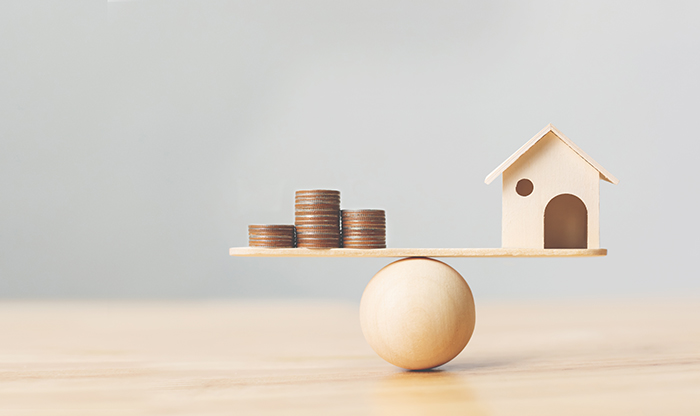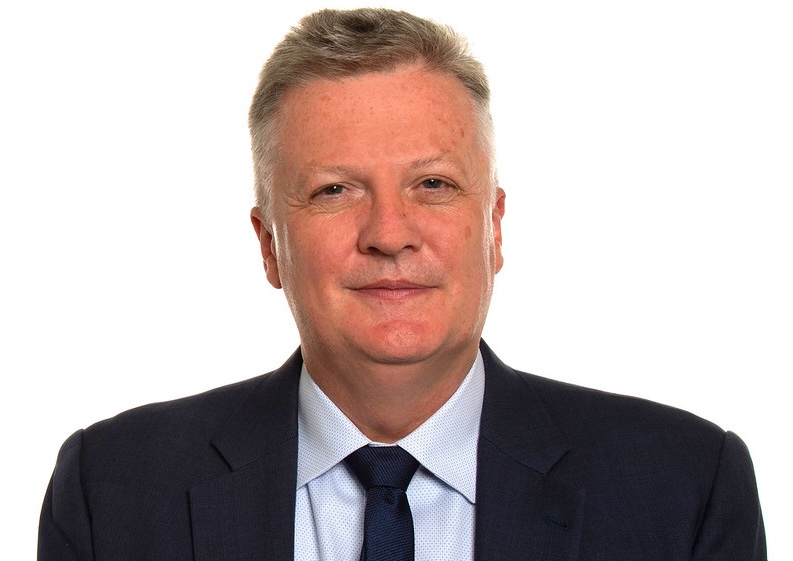
One in four mortgage borrowers are at risk of missing payments. The figures come from the latest Hargreaves Lansdown Savings & Resilience Barometer which shows that the overall score for financial resilience has dropped 1.4 points since the end of 2021 – to 60.8.
Hargreaves Lansdown hear of personal finance Sarah Coles points out that horrendous hikes in mortgage and credit card rates are bringing new and alarming risks for wealthier borrowers. And the damage to financial resilience is far from over.
The HL Savings & Resilience Barometer has consistently shown that higher earners fly closer to the wind on debt. They don’t just borrow more than lower earners; they borrow more as a percentage of income.
In fact, when monthly debt repayments are measured as a percentage of income, only 11% of the top fifth of earners are considered resilient – this is worse than any other income group.
“They’re also far more likely to have a big chunk of this debt on a variable rate, and they’re not just borrowing to invest in things like their property, they’re also buying to finance a lifestyle they can’t really afford: 80% are borrowing to consume,” Coles says.
“However, the massive black hole opening in their finances will come from mortgages. Oxford Economics forecasts that the Bank of England base rate is set to peak around 5.75%, which would mean there could be more mortgage rate rises in the pipeline”.
According to Hargreaves Lansdown research, the fact that 81% of the mortgage market is on fixed rates means there’s a long lag in higher base rates feeding into more expensive mortgages, and by this stage only one in three mortgage holders have faced a rise in their monthly costs. As more households refinance over the next 12 months, this will rise to three in five.
“Those who need to remortgage while rates are higher are set for mortgage misery,” Coles says. “When a household spends 25% of its after-tax income on the mortgage, it’s considered to be at risk of falling behind on payments. Right now, 23% of people are spending this proportion or more – up from 21% at the end of 2021. Within 12 months, 26% of mortgage holders are expected to be in this position”.
Hargreaves Lansdown’s research reveals that in a year’s time, 230,000 of those who are ‘at risk’ of falling into arrears have cash savings that cover less than three months of essential spending – making them ‘high risk’.
Plus, an additional 470,000 also have unsustainable spending, so they’re at ‘critical risk’. The number at critical risk is up 220,000 when the same figures were run back at the end of 2021.



